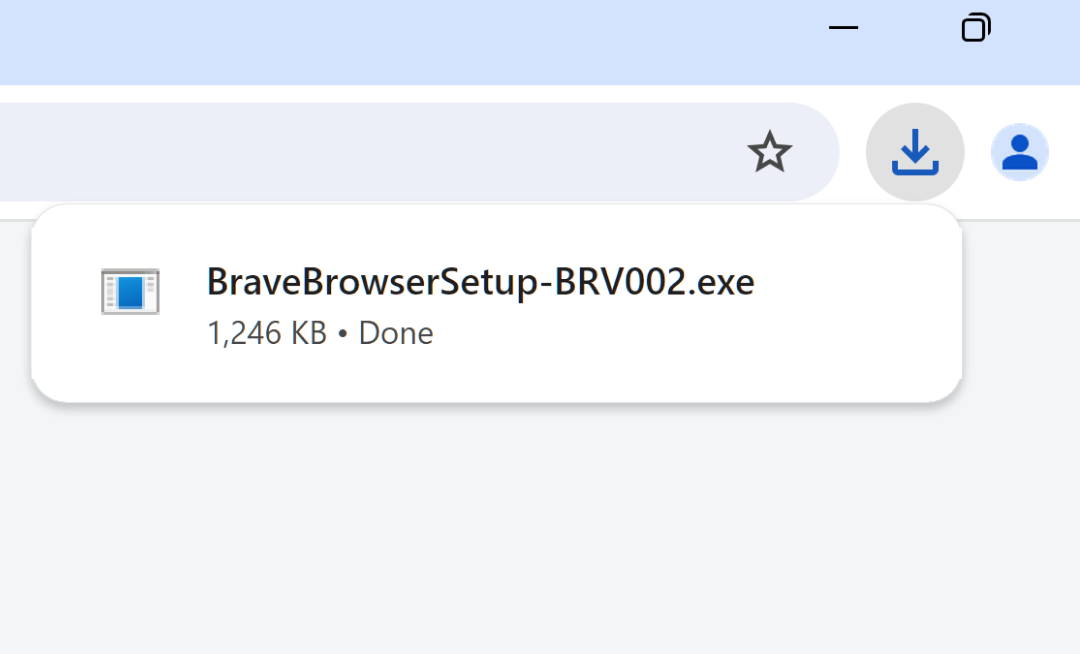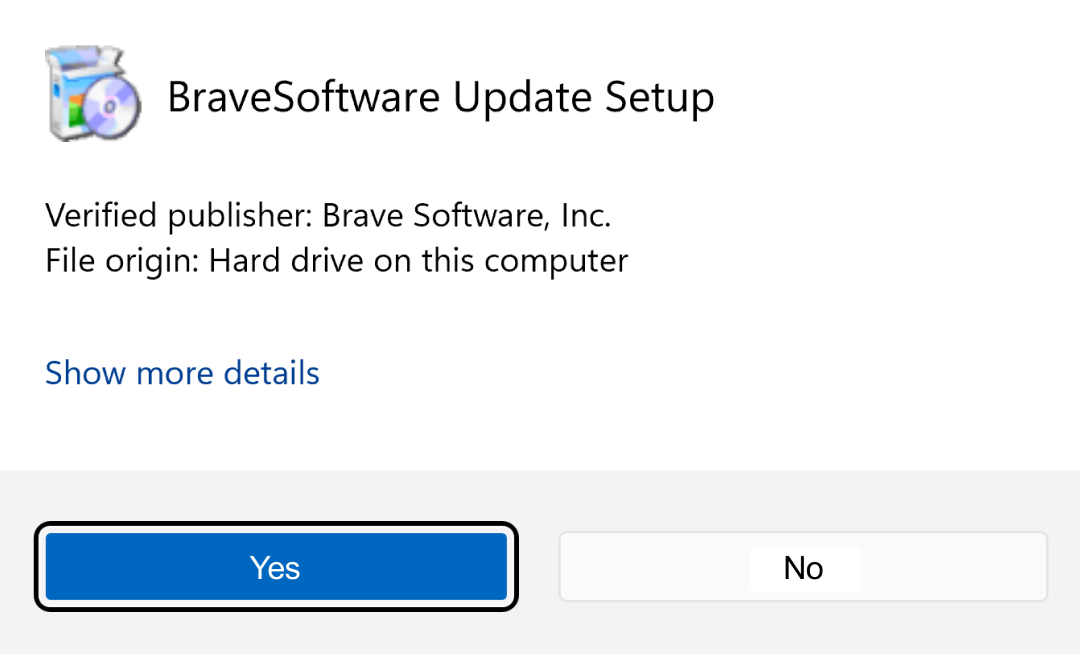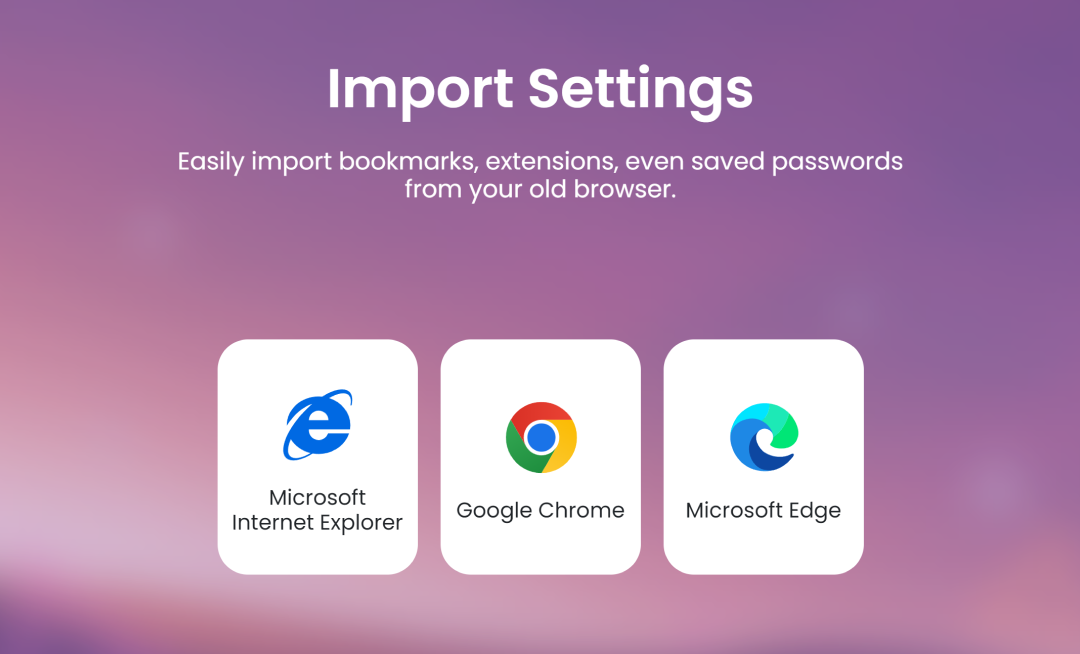There are lots of ad blockers on the market, for nearly every operating system and Web browser. But while ad blockers can be a useful tool, they can also have unintended side effects (like preventing some webpages from loading as expected). Thankfully, nearly every browser extension or built-in ad blocker can be turned off. In this article, we’ll explain how ad blockers work, and how to disable them on various devices and operating systems.
Understanding how ad blockers work
Whether it’s an extension or built-in to your browser or device, most ad blockers work in a similar way: They alter or remove ads on the webpages you visit. Some will hide an ad that appears on the page; others prevent it from loading in the first place. The latter method, known as request blocking, is the most common. In this case, your Web browser compares the list of scripts on the page to known ads and advertising techniques. If there’s a match, the request (and thus the ad) is blocked. Sometimes, the ad is replaced by an approved ad, but often there’s no replacement—you just see a broken link or “hole” on the page.
 How ad blockers work
How ad blockers work
Why would you want to (temporarily) disable your ad blocker?
Sometimes ad blockers inadvertently block webpage elements that aren’t ads. For example, an ad blocker might stop Web forms from loading, hide images, or block payment portals. In these cases (and others), you can try disabling your ad blocker to see if that fixes the problem.
Note: If you do turn off your ad blocker, you should only do so temporarily. For both privacy and security, and to ensure a cleaner view of the Web, you should always default to the ad blocker being turned on.
How to disable your browser’s built-in ad blocker
Some of the most common ad blockers are built right into your browser. If this is true for you, see instructions below for a few of the most common browsers. If you’re using an ad blocker you installed in your browser, you can scroll down to see how to turn off ad-blocking extensions.
Disable the ad blocker in Chrome
- Open Chrome.
- Click the “…” (ellipsis) menu, and then click Settings.
- Select Security and Privacy, and then Site Settings.
- Select Additional content settings, and then Ads.
- Turn off Block ads on sites that show intrusive or misleading ads.
Disable the ad blocker in Firefox
Firefox doesn’t have a native ad blocker. However, it does have several built-in options like strict tracking protection, which may result in some blocked ads. To access these settings:
- Open Firefox.
- Click the “≡” menu bar, and click Settings.
- Click the Privacy & Security header.
- Select Standard, Strict, or Custom mode depending on your preferences.
Disable the ad blocker in Edge
Microsoft Edge doesn’t have a native ad blocker either, but it does have a setting called tracking prevention which does block certain ads that are known to be malicious. To access the settings for this anti-tracking function, follow these steps:
- Open Edge.
- Click Settings and more, and then click Settings.
- Click Privacy, search, and services.
- Toggle Tracking prevention to On or Off as needed.
On both Chrome and Edge, you can also set exceptions. For example, if you want to turn off ad or tracker blocking for a specific website, you enter the URL using the appropriate instructions.
How to turn off ad blocking extensions
If you’ve installed a third-party extension in your browser, you can change the settings just like you would any other extension. On Chrome, you can access extensions under the “…” menu. You can configure Safari extensions under the Safari menu, while Edge extensions are found under Settings and more.
Learn more about browser extensions, and how to use them safely.
How Brave solves the ad-blocking problem
Brave saves you the hassle (and potential risk) of installing ad blocker extensions: With Brave, the protections are built right into the browser. Ads and trackers, fingerprinting, cookies, and more are all blocked by default. To see what Brave blocked (and a number of other protections) simply click the lion icon in the address bar of any page you visit. Download Brave today to experience ad-free browsing right out of the box.

 How ad blockers work
How ad blockers work




